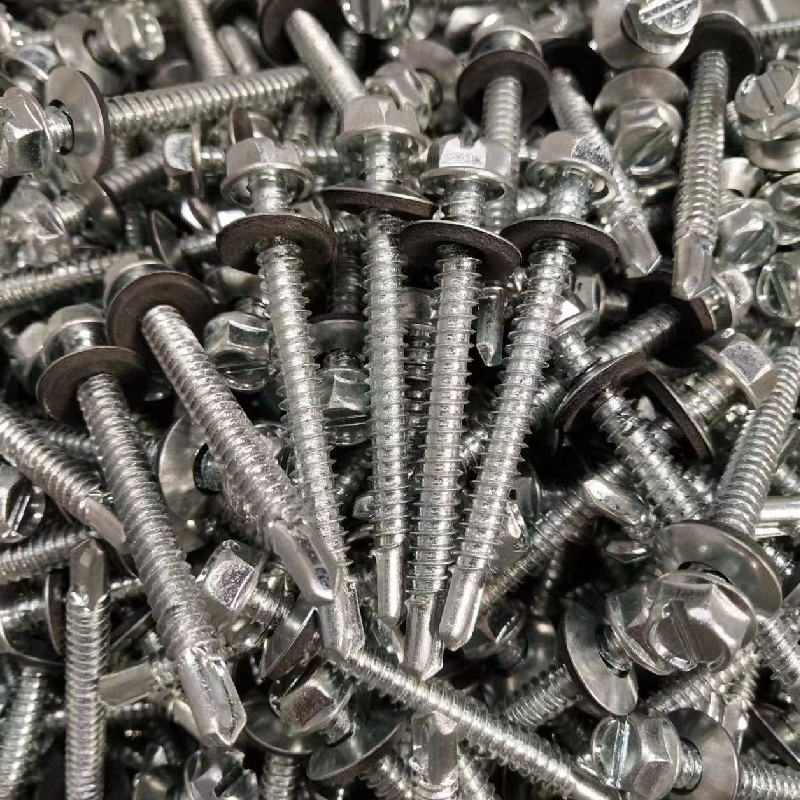chemical anchor
The Importance of Chemical Anchors in Modern Construction
In the realm of construction and engineering, the term chemical anchor has become increasingly prominent due to its innovative applications and benefits. Unlike traditional mechanical anchors, chemical anchors utilize adhesives to bond elements together, providing enhanced strength, durability, and flexibility. This article will explore the composition, advantages, applications, and future trends of chemical anchors in construction.
What is a Chemical Anchor?
Chemical anchors are specialized fasteners that use a combination of resins and hardeners to bond materials within drilled holes, typically in concrete or masonry. The chemical reaction between the resin and the hardener creates a robust adhesive that fills gaps and offers significant load-carrying capacities. Common resins used in chemical anchors include epoxy, polyester, and vinylester, each with unique properties suited for various environments and applications.
Advantages of Chemical Anchors
One of the primary advantages of chemical anchors is their superior load-bearing capacity. While traditional mechanical anchors can sometimes be subject to shear failure or pull-out failure, chemical anchors create a bond that significantly reduces these risks. The adhesive nature allows for the distribution of loads over a wider area, enhancing overall stability, especially in dynamic loading conditions.
Another key benefit is their resistance to environmental factors. Chemical anchors can resist moisture, chemicals, and temperature fluctuations, making them ideal for applications in harsh environments. For example, in marine settings or within industrial facilities that expose anchors to corrosive substances, chemical anchors maintain performance where mechanical options may fail.
Moreover, flexibility is a hallmark of chemical anchors. They can accommodate slight movements and variations in substrate materials, making them suitable for applications where considerable shifts are expected. This adaptability is particularly advantageous in seismic zones, where buildings may experience tremors that demand robust anchoring solutions.
Applications of Chemical Anchors
The versatility of chemical anchors has led to their use across various sectors
. In the construction of buildings, they are often used to secure structural elements like steel beams, reinforcing bars, and facades. Chemical anchors excel in retrofitting projects, where existing structures require additional support to meet new load requirements.chemical anchor

In the field of civil engineering, chemical anchors are vital for applications such as bridge construction, roadways, and public infrastructure. Their ability to anchor heavy machinery and facility components securely in place enhances safety and reliability. Additionally, industries such as telecommunications and power generation employ chemical anchors to support towers, masts, and conduits that demand rigorous load management.
Challenges and Considerations
Despite their benefits, chemical anchors are not without challenges. The curing process requires time, and environmental conditions can affect the adhesion strength of the resin. It is crucial to follow manufacturer guidelines and conduct thorough surface preparation to ensure optimal bonding.
Another consideration is that the installation of chemical anchors typically requires specialized training and equipment. Poor installation can lead to long-term structural issues or safety hazards. Therefore, it is essential for contractors and engineers to be knowledgeable about chemical anchor systems to leverage their full benefits effectively.
The Future of Chemical Anchors
As construction technologies advance, the future of chemical anchors looks promising. Ongoing research focuses on developing more sustainable and eco-friendly formulations, which will allow for the reduction of environmental impact without compromising performance.
Furthermore, innovations in automation and monitoring systems will likely enhance the efficiency of chemical anchor installation, ensuring greater precision and reducing the risk of human error. With growing infrastructure needs worldwide, the demand for reliable and efficient anchoring solutions speaks to the enduring relevance of chemical anchors in the construction industry.
Conclusion
Chemical anchors represent a significant evolution in anchoring technology, bridging the gap between traditional methods and modern requirements. With their impressive durability, load capacity, and adaptability, these anchors are becoming indispensable in various construction applications. As we look to the future, the ongoing innovations in chemical anchor technology promise to enhance the safety and resilience of structures, showcasing the vital role that these products will continue to play in the evolving landscape of construction and engineering.
-
Weatherproof Plastic Expansion Anchors for OutdoorNewsJun.06,2025
-
Sustainability in the Supply Chain: Eco-Friendly TEK Screws ProductionNewsJun.06,2025
-
Load-Bearing Capacity of External Insulation FixingsNewsJun.06,2025
-
Double Head Bolts: Enhancing Efficiency in Industrial MachineryNewsJun.06,2025
-
Corrosion Resistance in Chipboard Screws: Coatings for Wholesale DurabilityNewsJun.06,2025
-
Butterfly Toggle Bolts : Enhancing Structural ResilienceNewsJun.06,2025
